
The Color Purple is a 1982 epistolary novel by American author Alice Walker which won the 1983 Pulitzer Prize for Fiction and the National Book Award for Fiction. It was later adapted into a film and musical of the same name.

James Arthur Baldwin was an American writer and civil rights activist. He garnered acclaim for his work across several forms, including essays, novels, plays, and poems. His first novel, Go Tell It on the Mountain, was published in 1953; decades later, Time magazine included the novel on its list of the 100 best English-language novels released from 1923 to 2005. His first essay collection, Notes of a Native Son, was published in 1955.

Their Eyes Were Watching God is a 1937 novel by American writer Zora Neale Hurston. It is considered a classic of the Harlem Renaissance, and Hurston's best known work. The novel explores protagonist Janie Crawford's "ripening from a vibrant, but voiceless, teenage girl into a woman with her finger on the trigger of her own destiny".
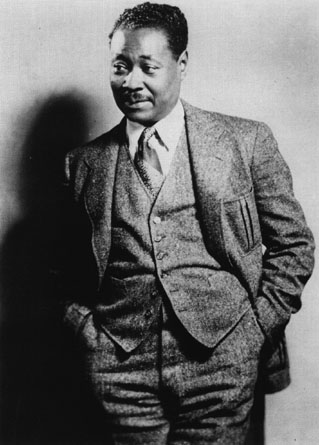
Festus Claudius "Claude" McKay OJ was a Jamaican-American writer and poet. He was a central figure in the Harlem Renaissance.
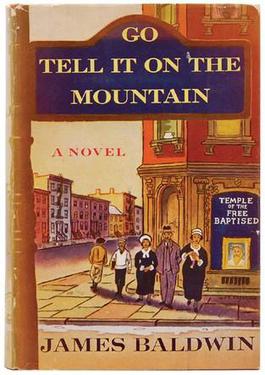
Go Tell It on the Mountain is a 1953 semi-autobiographical novel by James Baldwin. It tells the story of John Grimes, an intelligent teenager in 1930s Harlem, and his relationship with his family and his church. The novel also reveals the back stories of John's mother, his biological father, and his violent, fanatically religious stepfather, Gabriel Grimes. The novel focuses on the role of the Pentecostal Church in the lives of African Americans, both as a negative source of repression and moral hypocrisy and a positive source of inspiration and community. In 1998, the Modern Library ranked Go Tell It on the Mountain 39th on its list of the 100 best English-language novels of the 20th century. Time magazine included the novel on its list of the 100 best English-language novels released from 1923 to 2005.
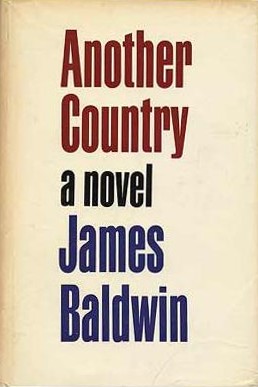
Another Country is a 1962 novel by James Baldwin. The novel is primarily set in Greenwich Village, Harlem, and France in the late 1950s. It portrayed many themes that were taboo at the time of its release, including bisexuality, interracial couples and extramarital affairs.

Henry Roth was an American novelist and short story writer who found success later in life after his 1934 novel Call It Sleep was reissued in paperback in 1964.

David Anthony Durham is an American novelist, author of historical fiction and fantasy.
Claude Brown was the author of Manchild in the Promised Land, published to critical acclaim in 1965, which tells the story of his coming of age during the 1940s and 1950s in Harlem. He also published Children of Ham (1976).

Walter Dean Myers was an American writer of children's books best known for young adult literature. He was born in Martinsburg, West Virginia, but was raised in Harlem. A tough childhood led him to writing and his school teachers would encourage him in this habit as a way to express himself. He wrote more than one hundred books including picture books and nonfiction. He won the Coretta Scott King Award for African-American authors five times. His 1988 novel Fallen Angels is one of the books most frequently challenged in the U.S. because of its adult language and its realistic depiction of the Vietnam War.

The Harlem Renaissance was an intellectual and cultural revival of African American music, dance, art, fashion, literature, theater, politics and scholarship centered in Harlem, Manhattan, New York City, spanning the 1920s and 1930s. At the time, it was known as the "New Negro Movement", named after The New Negro, a 1925 anthology edited by Alain Locke. The movement also included the new African American cultural expressions across the urban areas in the Northeast and Midwest United States affected by a renewed militancy in the general struggle for civil rights, combined with the Great Migration of African American workers fleeing the racist conditions of the Jim Crow Deep South, as Harlem was the final destination of the largest number of those who migrated north.

Wynn Handman was the artistic director of The American Place Theatre, which he co-founded with Sidney Lanier and Michael Tolan in 1963. His role in the theatre was to seek out, encourage, train, and present new and exciting writing and acting talent and to develop and produce new plays by living American writers. In addition, he initiated several Arts Education Programs, such as Literature to Life. His life and the history of The American Place Theatre are the subjects of the 2019 documentary It Takes a Lunatic.
Doug Jones was an American heavyweight boxer. He was the number one contender in early 1964 and beat top contenders such as Zora Folley, Light Heavyweight Champion Bob Foster, Middleweight World Champion Bobo Olson and World Heavyweight Title Challenger's Pete Rademacher and Tom McNeeley in his career. He was best known for his 1963 fight with Cassius Clay which resulted in a close fight, but he lost by Unanimous decision.

Edgardo Vega Yunqué was a Puerto Rican novelist and short story writer, who also used the Americanized pen name Ed Vega.
Nicholasa Mohr is one of the best known Nuyorican writers, born in the United States to Puerto Rican parents. In 1973, she became the first Nuyorican woman in the 20th century to have her literary works published by the major commercial publishing houses, and has had the longest creative writing career of any Nuyorican female writer for these publishing houses. She centers her works on the female experience as a child and adult in Puerto Rican communities in New York City, with much of writing containing semi-autobiographical content. In addition to her prominent novels and short stories, she has written screenplays, plays, and television scripts.
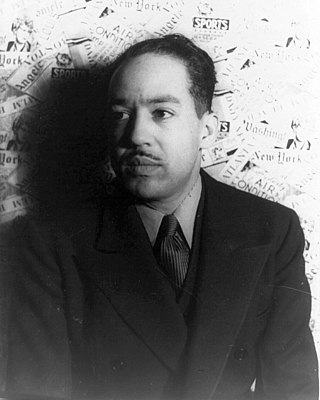
James Mercer Langston Hughes was an American poet, social activist, novelist, playwright, and columnist from Joplin, Missouri. One of the earliest innovators of the literary art form called jazz poetry, Hughes is best known as a leader of the Harlem Renaissance. He famously wrote about the period that "the Negro was in vogue", which was later paraphrased as "when Harlem was in vogue."

Fist Stick Knife Gun: A Personal History of Violence is a memoir by American social activist Geoffrey Canada. Beacon Press published the book on January 31, 1995.
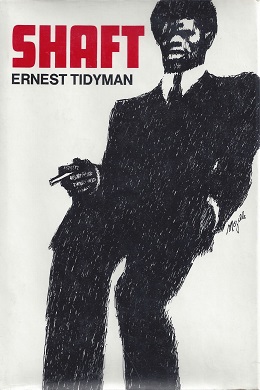
Shaft is a 1970 detective novel by Ernest Tidyman. The novel debuted the character John Shaft and inspired both the 1971 film Shaft and its sequels.
George P. Elliott was an American poet, novelist, short story writer, and essayist.
Blue is an opera in two acts with music by Jeanine Tesori and libretto by Tazewell Thompson. It premiered at the Glimmerglass Festival in 2019 and received the Music Critics Association of North America 2020 Award for Best New Opera.













